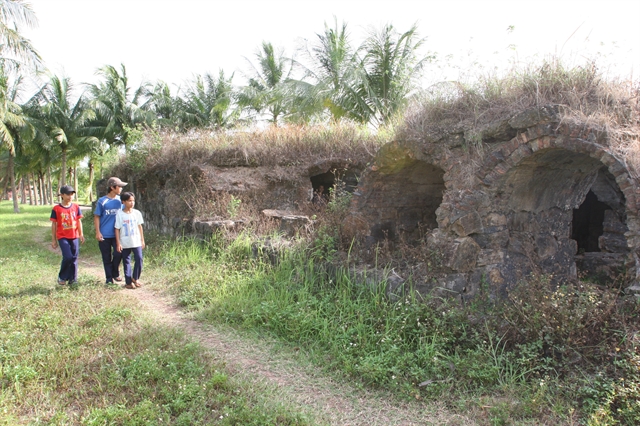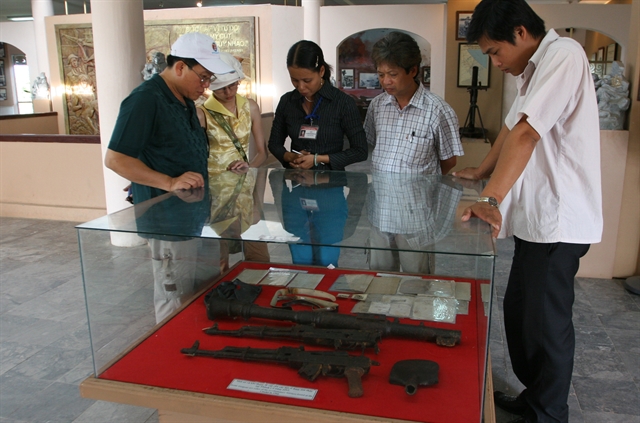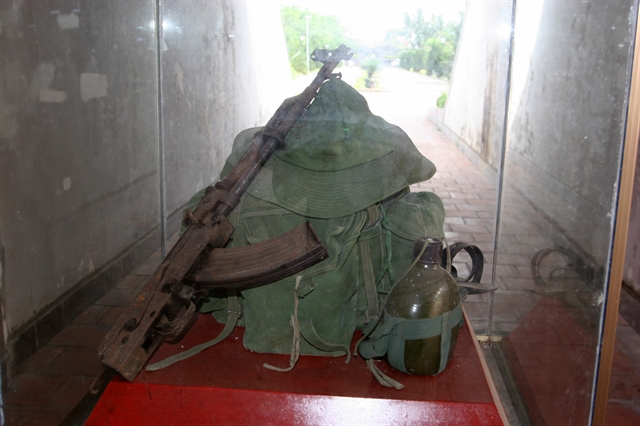[ad_1]
Quảng Trị Ancient Citadel is situated in the heart of Quảng Trị Town, which was once a military defence system and hosted the administration office of the Nguyễn Dynasty (1802-1945).
The site was also used as the administration office of the French regime and the American-backed southern regime at one time.

According to historical documents, at the beginning of Gia Long Reign (1802-1820), Quảng Trị Citadel was built in Tiền Kiên Ward (Triệu Thanh – Triệu Phong). In 1809, King Gia Long moved the citadel to Thạch Hãn Town.

At first, the citadel was made of clay. In 1837, King Minh Mạng (1820-1841) rebuilt it using bricks stuck with lime, sugarcane honey and some other materials.
The citadel has a square form with the circumference of more than 2,000m, 4m in height, and 12m thick at the foot of the walls. It is surrounded by a canal. Four fortresses were built at the four corners of the square citadel.
The citadel has four main gates in the east, west, south and north.
Between 1809 and 1945, the Nguyễn Dynasty used the citadel as a military system and administrative office.

In 1929, the French built a jail at the site to keep people with an anti-French political point of view.
Then, the site was taken over by the American-backed southern regime. It witnessed fierce battles during the American War in 1968 and 1972 between the American-backed forces and the southern liberation force led by Hồ Chí Minh’s government.
After the fights between June 28 and September 16 in 1972, when thousands of soldiers of both sides died, the whole citadel was almost destroyed. There remained only the remnant of the east gate and some walls.
The site has been upgraded as a historical relic site with some rebuilt wall sections, four main gates and a monument commemorating 81 days and nights of fierce fighting in 1972.

A museum was built in the southwest corner of the old citadel, which hosts objects and images of the American War and historic fights at the site. The site is now the biggest historical park in Quảng Trị Town.
The site has been listed as a National Relic Site and is a must-see destination for both local and foreign tourists. VNS

[ad_2]
Source link
